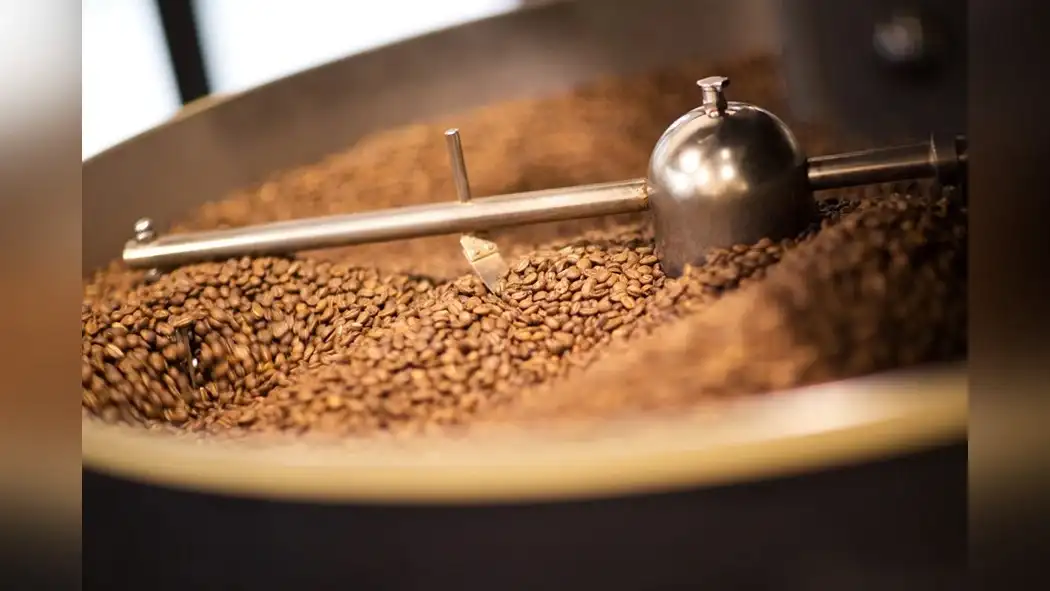Hey there, coffee enthusiast!
Blending Robusta and Arabica coffee is like finding the perfect harmony in a song. It's all about striking that ideal balance to create a brew that's rich, smooth, and full of flavor.
In this guide, we'll delve into the art of blending these two distinct coffee beans to help you understand the nuances of each and how to combine them for a truly exceptional cup of coffee. Whether you're looking to enhance the body, add depth to the flavor, or simply experiment with different blends, we've got you covered.
So, grab your favorite mug and get ready to unlock the secrets of blending Robusta and Arabica coffee!
The Differences Between Robusta and Arabica Beans
When blending Robusta and Arabica coffee, it's important to understand the differences between the two beans.
Robusta and Arabica are the two main species of coffee beans. Robusta, known for its strong and earthy flavor, has a higher caffeine content and a more bitter taste compared to Arabica. On the other hand, Arabica beans are celebrated for their mild and aromatic qualities, often with a sweeter, more complex flavor profile.
Robusta beans are distinguished by their round shape and a straight crease, while Arabica beans are oval with a sinuous crease. Additionally, Robusta plants are easier to cultivate and maintain due to their higher resistance to pests and diseases, while Arabica plants are more delicate and require specific growing conditions. These unique characteristics directly impact the flavor distinctions between the two types of beans.
Understanding these differences is crucial when blending Robusta and Arabica coffee. By combining the unique characteristics of each bean, you can create a well-balanced and flavorful blend that caters to a wide range of coffee preferences.
Understanding Flavor Profiles of Robusta and Arabica
To understand the flavor profiles of Robusta and Arabica coffee, you need to consider the distinct characteristics that define each type of bean.
Robusta beans are known for their strong, sometimes harsh flavor profile, characterized by a prominent bitterness.
On the other hand, Arabica beans are celebrated for their smoother, more nuanced flavors, often featuring a pleasant acidity that provides a bright and lively taste.
When it comes to blending these two types of coffee beans to achieve a balanced flavor, roasters often consider the following:
- Robusta Bitterness: The bitterness of Robusta beans can add depth and intensity to a blend, but it needs to be carefully balanced to avoid overpowering other flavors.
- Arabica Acidity: The acidity of Arabica beans can bring a delightful brightness to the blend, but it also needs to be balanced to prevent the coffee from becoming too sharp.
- Roasting Techniques: Different roasting techniques can be employed to bring out the best of both beans and create a harmonious flavor profile in the final blend.
Achieving the perfect balance of flavors in a blend requires a deep understanding of the unique characteristics of each type of bean and skillful manipulation of roasting techniques.
Factors to Consider When Blending Robusta and Arabica
Considering the distinct characteristics of Robusta and Arabica beans, you must carefully evaluate several factors when blending the two to achieve a harmonious flavor profile. When it comes to roasting techniques, it's crucial to understand that Robusta beans typically require a darker roast to balance out their strong, bitter flavor, while Arabica beans are often best suited for a lighter roast to preserve their delicate acidity and aromatic qualities.
The blending process itself is another critical factor to consider. You need to experiment with different ratios of Robusta to Arabica to find the right balance that appeals to your target market.
Furthermore, understanding market demand and consumer preferences is essential. You should conduct thorough market research to identify the prevailing preferences in the coffee industry. This will help you tailor your blend to meet consumer expectations and capitalize on current trends.
Achieving the Ideal Ratio of Robusta to Arabica
To achieve the ideal ratio of Robusta to Arabica, carefully assess the unique qualities of each bean and experiment with different blending proportions to craft a harmonious and desirable flavor profile that resonates with your target market. Robusta beans are known for their strong, earthy flavor and high caffeine content, while Arabica beans offer a smoother, more aromatic profile with less caffeine. Finding the perfect balance between these two distinct characteristics is key to creating a well-rounded coffee blend.
Consider the following when determining the ideal ratio:
- Roasting Techniques: Explore how different roasting levels affect the flavors of Robusta and Arabica beans. Experiment with various roasting profiles to bring out the best qualities of each bean and achieve the desired flavor balance in the final blend.
- brewing methods: Take into account the brewing methods commonly used by your target market. The ideal ratio may vary depending on whether the coffee will be prepared using a drip coffee maker, espresso machine, French press, or other brewing techniques.
- Consumer Preferences and Market Trends: Stay informed about consumer preferences and market trends. Conduct surveys, analyze sales data, and gather feedback to fine-tune the ratio based on what resonates best with your customers and aligns with current market demands.
Tips for Perfecting Your Robusta and Arabica Blend
When perfecting your Robusta and Arabica blend, carefully tasting and adjusting the coffee's flavor profile is essential for achieving the ideal balance. Incorporating various blending techniques and conducting thorough taste testing will help you refine your blend to perfection. Here are some tips to assist you in perfecting your Robusta and Arabica blend:
| Blending Technique | Description |
|---|---|
| Gradual Blending | Start with a small percentage of Robusta and adjust gradually based on taste testing. This allows you to find the perfect balance without overpowering the blend. |
| Regional Varieties | Experiment with different regional varieties of both Robusta and Arabica to discover unique flavor combinations. |
| Roast Level | Consider the roast levels of both coffee types. Adjusting the roast can significantly impact the overall flavor and balance of your blend. |
Conclusion
Now that you understand the differences and flavor profiles of robusta and arabica, you can confidently blend them to create the perfect balance.
Just like a skilled chef combines ingredients to create a masterpiece, finding the ideal ratio of robusta to arabica is an art form.
With the right factors in mind and a little experimentation, you'll be able to craft a robust and flavorful blend that will satisfy even the most discerning coffee connoisseurs.





